How to unscrew a stuck nut on a faucet
It seems that almost every man has encountered at least once in his life a nut that did not want to be turned off. She sits in her place, no matter how you spin around her. You run around, literally dance with tambourines, and, you know, she laughs. As if it had taken root. Sound familiar? In fact, a very common situation. The cause is common rust. And rust, as we know, is formed from contact of metal with moisture.
Rust seems to connect the nut to the bolt at the molecular level. Sometimes the bolt breaks due to the applied effort, but the nut does not come off. How to get out of this situation?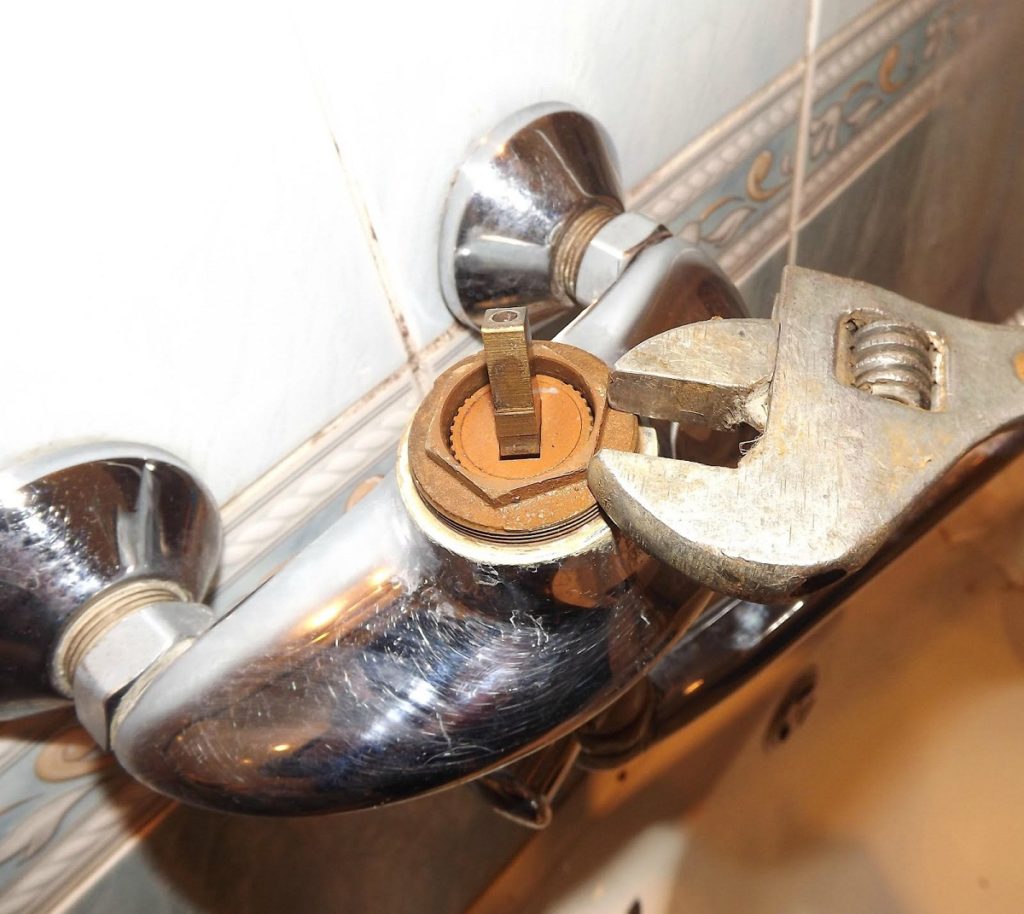
The content of the article
Preparation and necessary tools
Before you start dealing with a stuck compound, you need to be properly prepared. Armed with the right tools, we will unscrew the fastening element faster and, most likely, will not even damage it. One key obviously won't do the trick. You will need a whole set. What will be most useful to us in this matter are:
- heads with a knob;
- impact wrench;
- socket wrench;
- set of spanners.
When starting work, you should not forget about your own safety:
- Never use damaged tools.
- When unscrewing, proceed counterclockwise.
- Check that the key is securely fastened.
- To avoid injury, always wear gloves.
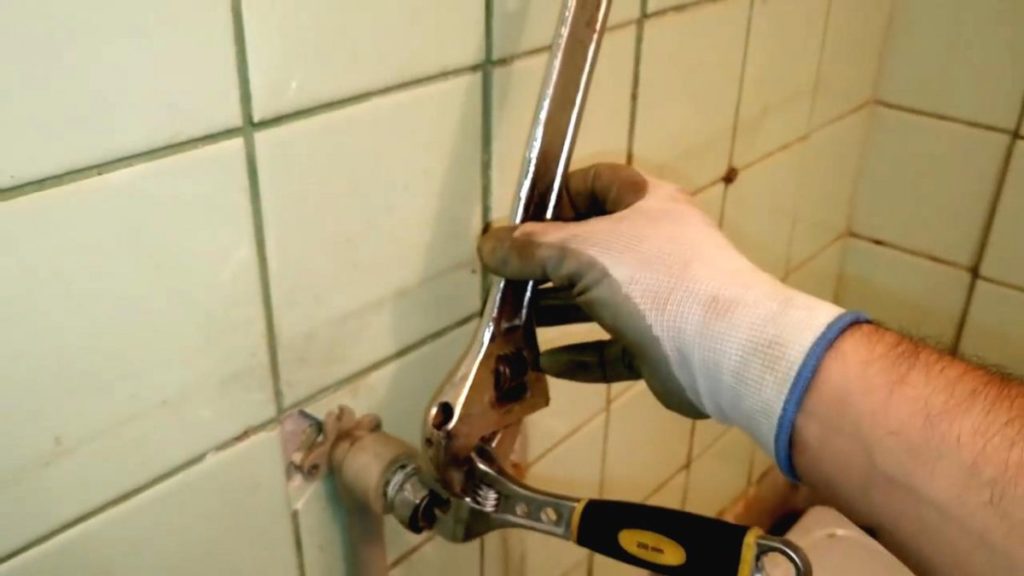
How to unscrew the faucet nut if it is stuck
The easiest way to get a stuck nut to unscrew is to knock it off with a chisel or hammer. You can use a grinder. But in most cases this option is not suitable. You just need to unscrew it so that you can screw it back later. It would seem that the situation is hopeless, but this is somewhat untrue. There are several ways to help “re-stirring” a rusted nut.
Dissolving rust
Many people know this liquid as WD-40. In common people they call it “Vedashka”. The essence of this product is that it dissolves rusty deposits and, as a result, reduces friction. As a result, the fastening gradually begins to give in.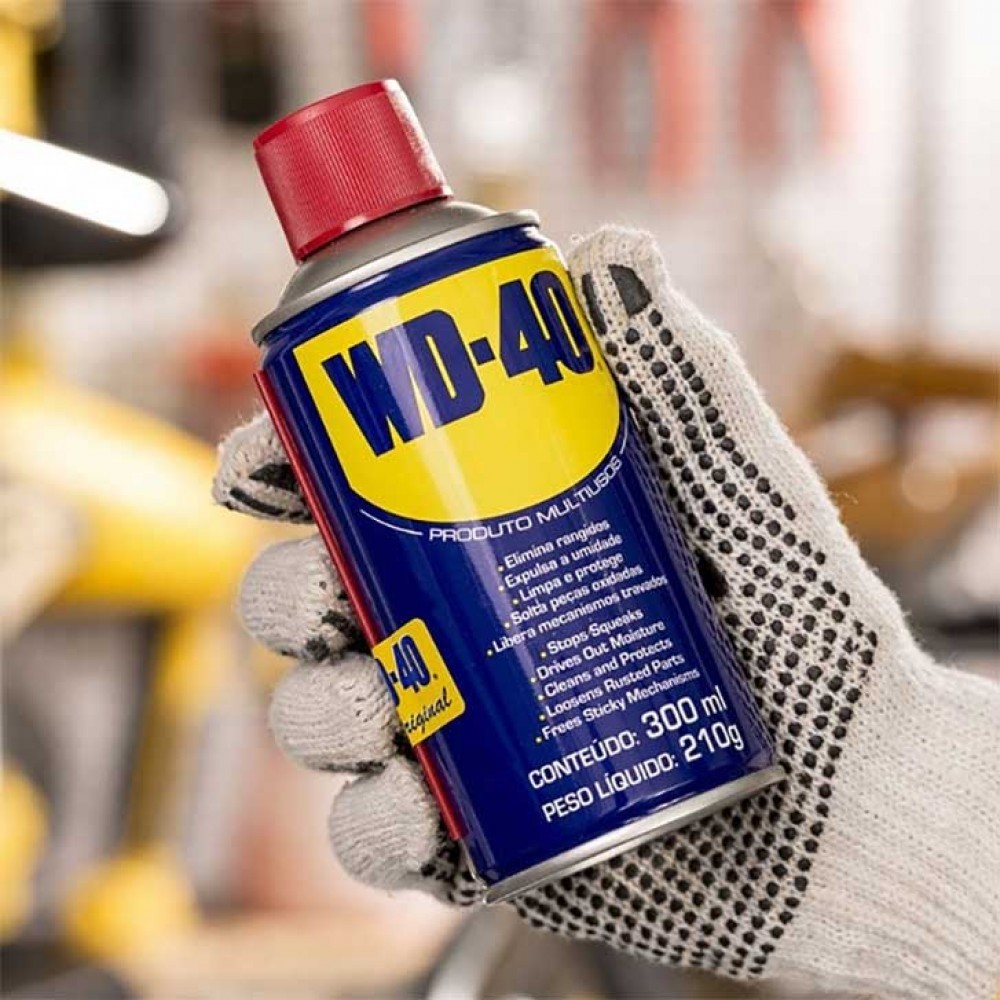
If this product is not at hand, then you can find a replacement. Kerosene, carburetor cleaner, gasoline, and brake fluid work well for this. In addition, vinegar, iodine or alcohol are suitable for the same purposes.
Guide to action:
- Thoroughly pour the liquid over the nut and wait about thirty minutes. As soon as time has passed, you can take the key and try to turn it off. If the fastening does not yield or yields but is very tight, then the liquid has not penetrated the rust sufficiently. We wet it again, only this time with a piece of rag, and wrap it around the nut. This will give the liquid a better chance of eating away the rust.
- After such a lotion, the fastening element should begin to move. To make the movement easier, you can tap it a little with a hammer. And only then, using the key, you can try to rip it off. To make the jerk stronger, you can lengthen the handle of the key. Any piece of pipe will do.
Heating the nut
Exposure to high temperatures causes metals to expand, which means the rust will break down. After such an execution, any compound, even a completely sour one, will cease to be so strong. For heating, you can use any heat source. You can use a hair dryer, a torch, a blowtorch or a regular lighter.
Guide to action:
Thoroughly warm up the nut and screw itself. After that we try to turn it with the key. Sometimes the edges of the fastener are damaged, preventing the key from being used. In this case, we put the socket head on the nut and warm it up together. Then unscrew it with a knob.
Attention! When heating, be extremely careful - you can easily get burned.
Destroying the nut
You can destroy the connection with an ordinary chisel, it can be cut with a hacksaw or grinder, or you can use a drill.
Guide to action:
- By hitting a chisel with a hammer, we make grooves on the edges of the nut. The blows must be strong so that the chisel goes deep. This increases the internal diameter. Gradually we will destroy the fastening element. The same effect can be achieved if you drill holes on the edges with a drill. Once the nut is broken, it can be easily removed.
- Things will move much faster if you cut off the nut with a hacksaw or electric grinder. The main thing is to make a cut along the axis.
As you can see, even the most rusty nut can be unscrewed (if you really want to). However, it is much better not to bring the situation to such a result. It is better to initially use a fastener that is not subject to corrosion. Then you certainly won’t have to rack your brains about how to unscrew the “stubborn” without breaking it.
What you heat expands (physics, class 3-4)
How to unscrew the tap (gander) from the faucet in the bathroom? A round nut is screwed onto a thread with virtually no grooves. Everything has oxidized and it’s impossible to move it even a little.
Lots of empty chatter.
Metal rusts not from water, but from the presence of air... and moisture only speeds up the process CHEMISTRY grade 8
Author, were you studying at school, or were you smoking around the corner during class?!
Diffusion is the process of mutual penetration of molecules or atoms of one substance between molecules or atoms of another, leading to spontaneous equalization of their concentrations throughout the occupied volume.
Next... VDeshka does not dissolve anything, there is no need to show your ignorance to the whole world. VDeshka, due to the kerosene in its composition, penetrates well even into microcracks, but it cannot dissolve rust. It cannot even transform this rust; this is the lot of other chemicals. liquids.
This is how PhD dissertations are created out of nothing.
You should go to school yourself.
The author has not forgotten how to copy, he has not learned to think. And he really, really likes to say empty things.
Iodine?? Are you seriously??? Iodine vapor ages (think rusty) all sorts of metal objects for decoration. I also agree with the prophet VD, but the rest (after iodine) is a big question.
The top photo amused me. Is it okay that THAT nut is brass and doesn’t rust?
A strange rusty nut, and now advice from an old plumber, unscrew the faucet from the pipes and place a pan of suitable size, fill it with water and pour half a glass of citric acid and boil, heat to a boil and so on several times, usually the first time everything unwinds and disassembles, and Yes, the mixer looks like new after this procedure.
I wonder if the author himself ever unscrewed these nuts? It seems not. And giving advice is easier than ever.
Heating it up with a lighter is cool!
Wrap the spout-gander nut in leather, cloth-based emery cloth on the edge, and use pipe pliers. “Crack” the edge with pliers and replace with another one.
interesting - how to saw one nut with a grinder, if everything nearby is twisted, then immediately take the mixer and saw it in half

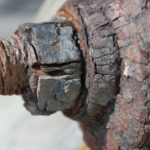
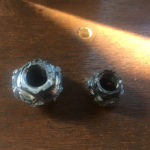

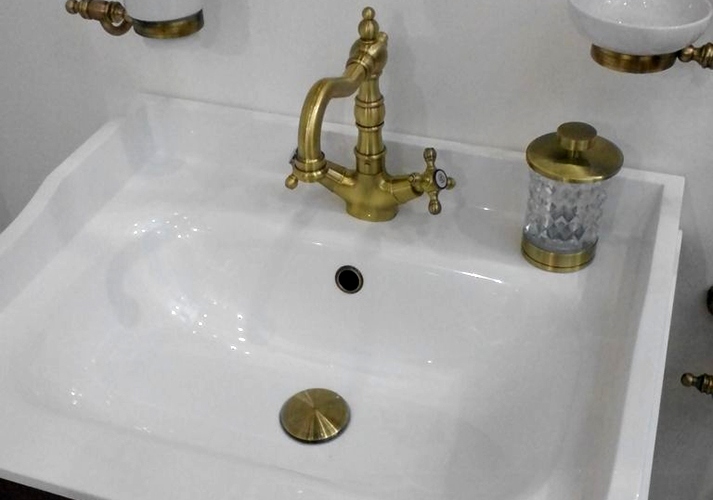
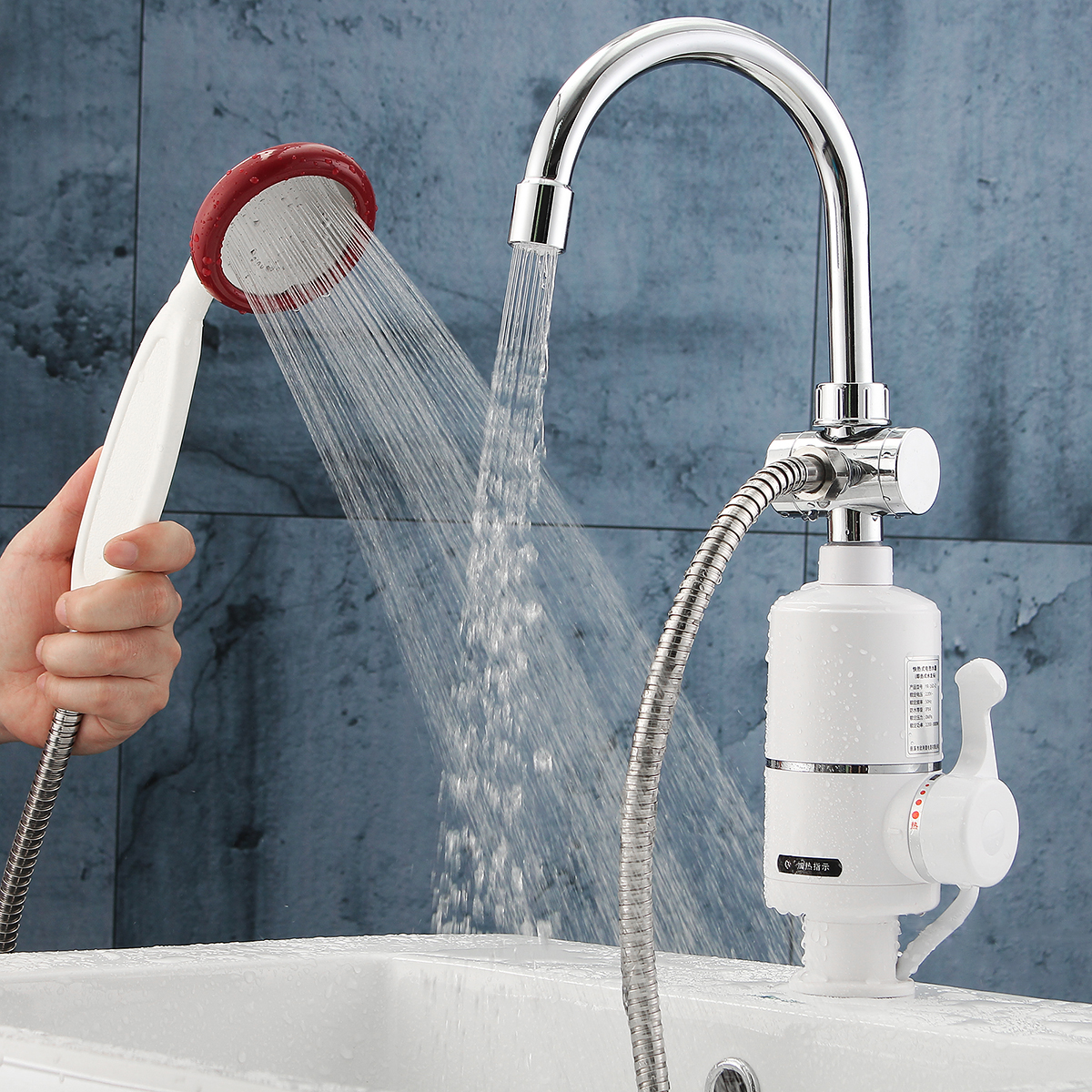
“We heat the nut” It is not the nut that is heated, but what it is screwed into (usually the coupling). The latter expands and the boots (if the faucet is in the bathroom) can be turned out without difficulty.